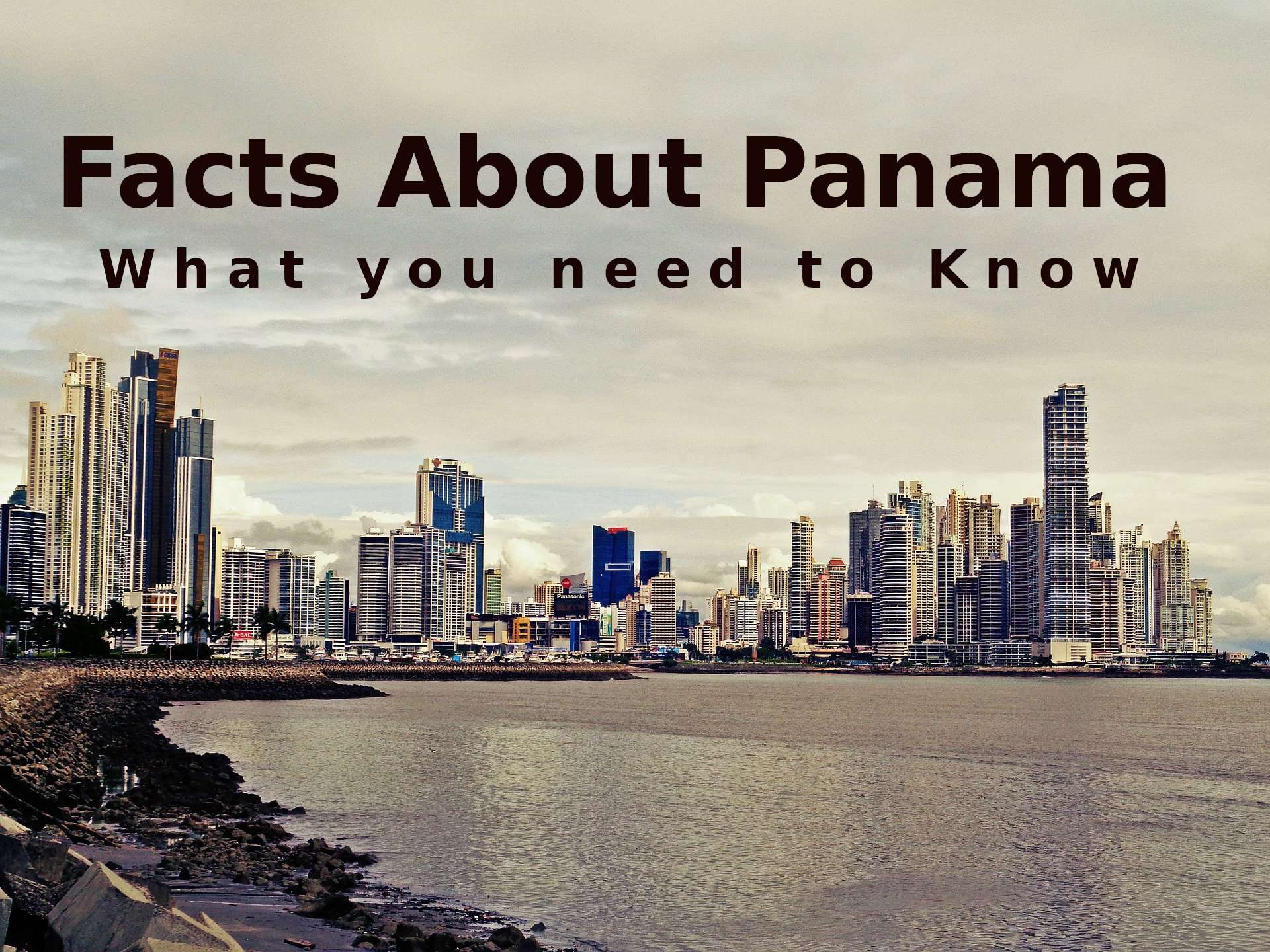Panama, a country often overshadowed by its monumental canal, boasts a rich tapestry of culture, biology, and history that many might not be aware of. From its unique biodiversity to intriguing historical quirks, the following unusual facts about Panama are certainly worth exploring.
1. The Remarkable Diversity of Flora and Fauna
Panama is home to more than 10,000 plant species and 1,400 species of birds, making it a biodiversity hotspot. A perplexing aspect of this diversity is its sheer concentration within a relatively small area. The country’s varied habitats range from coastal mangroves to mountainous cloud forests, creating an ecosystem where over half of Central America’s bird species converge. Birdwatching enthusiasts flock to areas like the Chiriquí Highlands and Soberanía National Park, revealing that this small nation punches well above its weight in terms of avian diversity.
2. The Canal’s Unforeseen Impact on Trade
While the Panama Canal is widely recognized for revolutionizing maritime trade, its effects extend beyond shipping times. The canal has contributed significantly to Panama’s economy, transforming it into a crucial global trade hub. This transformation is particularly impressive when one considers that the canal cuts travel distances, enabling ships to save considerable time and fuel. As a result, Panama has become one of the fastest-growing economies in Latin America, underscoring the importance of infrastructure in economic development.
3. A Nation of Cultural Mosaic
Panama is often described as a cultural mosaic, with influences stemming from Indigenous groups, Spanish colonial heritage, and a smattering of Afro-Caribbean communities. This confluence of cultures manifests in its music, dances, and culinary delights. One of the most distinctive cultural expressions is the ‘pollera,’ a traditional dress that varies in design according to region. Engaging with Panama’s rich tapestry allows visitors to appreciate the nuanced identities that coexist within its borders.
4. The Uncommon Embrace of the U.S. Dollar
While many countries have their own currencies, Panama operates using the U.S. dollar side by side with its own currency, the balboa. This unique financial arrangement facilitates trade and stabilizes the economy, fostering an environment conducive to foreign investment. The dual currency system perplexes many tourists who question why Panama does not adopt a singular currency, but the historical ties with the U.S. explain this unusual financial convention.
5. The Enigmatic Embera Indigenous People
Among the most captivating aspects of Panama’s cultural heritage is the Embera, an Indigenous group residing mainly in the Darien region. They maintain their traditional ways of life, relying on the resources of the rainforest. Often referred to as stewards of the land, their sustainable practices have attracted anthropologists and nature enthusiasts alike. Ethnotourism initiatives allow visitors to engage with the Embera, creating a mutual exchange of knowledge and culture.
6. The Mythical El Valle de Antón
Located within the crater of an extinct volcano, El Valle de Antón is a distinctive destination known for its rich agricultural and ecological offerings. The area is touted for its spring-like climate, vibrant flower gardens, and majestic waterfalls. Moreover, the presence of pre-Columbian petroglyphs dotted across the region adds an air of mystery. Explorers can contemplate the significance of these artifacts while marveling at the natural beauty surrounding them.
7. A Country of Incredible Islands
Beyond the mainland, Panama is adorned with over 1,600 islands, many of which are relatively unexplored. The Bocas del Toro archipelago is famous for its Caribbean charm, attracting tourists with its azure waters and lush landscapes. Conversely, the Pearl Islands gained notoriety from reality TV. This archipelago is not merely a backdrop for leisure; it is home to diverse marine environments, making it a treasure trove for budding ecologists.
8. Unexpected Architectural Marvels
Panama City is characterized by an eclectic mix of modern skyscrapers and historical buildings. One notable architectural wonder is the ‘BioMuseo,’ which captures the essence of Panama’s biodiversity. Designed by Frank Gehry, the museum features vivid colors and dynamic forms reminiscent of Panama’s vibrant ecology. The juxtaposition of modern architecture against historic colonial structures prompts discussions on urban evolution and cultural preservation.
9. The Transcontinental Highway
Often overshadowed by the famed canal, the Pan-American Highway has its roots in Panama. Spanning from Alaska to Argentina, a mere 60-mile stretch in Panama, known as the Darién Gap, remains treacherous and unexplored. This anomaly highlights the complexities of infrastructure development and highlights geopolitical considerations regarding transit and trade.
10. A Bountiful Harvest of Coffee
Panama produces some of the world’s rarest and most expensive coffee, including the Geisha variety. The altitude and climate of regions like Boquete create ideal conditions for coffee cultivation. What further elevates Panama’s coffee is the meticulous attention to detail in growing and harvesting, often involving small-scale farmers dedicated to high quality. Coffee aficionados recognize Panamanian coffee for its floral notes and complexity, creating a niche that attracts global connoisseurs.
In summary, Panama is a nation that transcends its geographical size through a wealth of biodiversity, cultural richness, and historical significance. These unusual facts not only pique curiosity but also encourage a deeper understanding of what makes Panama an unassuming yet fascinating destination. From its indigenous heritage to its multifaceted landscapes, Panama offers an abundance of narratives waiting to be uncovered.









